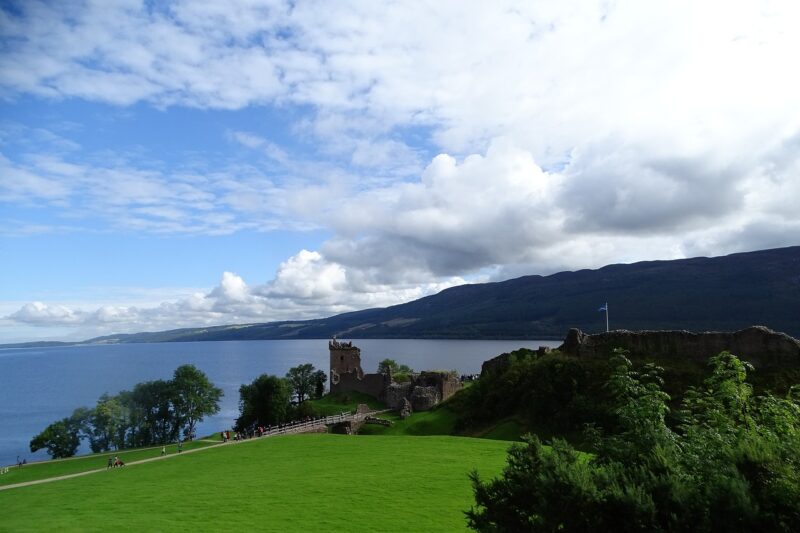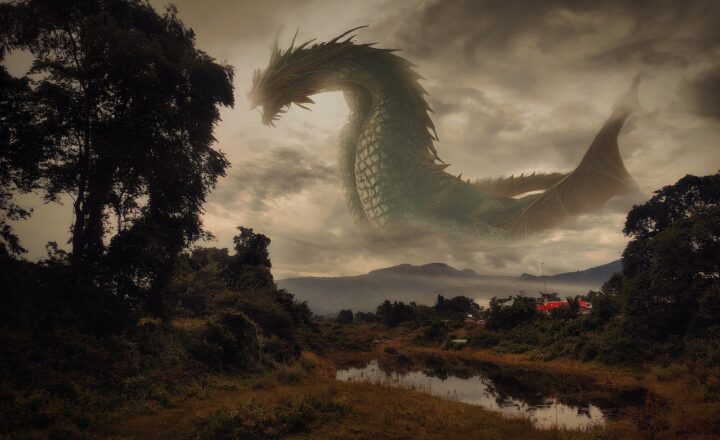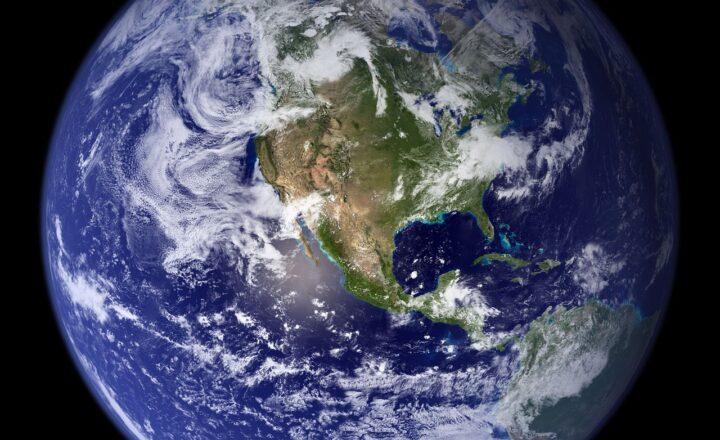The Mystery of the Loch Ness Monster: Evidence, Sightings, and Skeptics
November 15, 2024

The Loch Ness Monster has captivated the imagination of people around the world for decades, drawing tourists, researchers, and the curious to the tranquil waters of Loch Ness in the Scottish Highlands. Described as a large, unknown creature, often likened to a prehistoric dinosaur, the legend of Nessie has given rise to countless sightings, theories, and folklore. But what is the truth behind this enigmatic creature? In this article, we will explore the evidence, the phenomena surrounding its sightings, and the skeptics who question its existence.
1. The Origin of the Legend
The story of the Loch Ness Monster dates back to ancient times, with records of water beasts in Scottish folklore. However, the legend gained significant traction in the modern era after a photograph surfaced in 1934, known as the “Surgeon’s Photograph.” This image, albeit dubious, ignited public interest and prompted a series of investigations and reports.
The creature became known as “Nessie”, an affectionate name that soon circulated amongst locals and visitors. Descriptions of Nessie have varied, with some claiming it has a long neck, while others describe it as having flippers or a hump-like back, further adding to the mystique.
2. Sightings Through the Years
Reports of Nessie sightings have spanned decades, with thousands of claims contributing to the enigma. One of the earliest alleged sightings was reported by Saint Columba in 565 AD, when he encountered a creature in the River Ness while on a pilgrimage.
In the 20th century, numerous eyewitness accounts described seeing a large creature in the loch. Here are a few notable examples:
- 1933 Sightings: After the opening of a nearby road improved accessibility, several travelers reported seeing one or more large creatures swimming near the surface.
- 1954 Footage: A film taken by a visitor named Tim Dinsdale showcased a mysterious object moving across the water. Although heavily scrutinized, it added to the lore of Nessie.
- 2007 Renewed Interest: A group of researchers using sonar claimed to have detected a large object deep in the loch, suggesting the presence of an unidentified entity in the waters.
Despite the numerous claims, many have been discredited or remain unverified.
3. The Evidence: Fact vs. Fiction
The evidence for Nessie’s existence ranges from eyewitness accounts to photographs, but its validity is often contested. Let’s look at some of the most notable evidence presented:
- The Surgeon’s Photograph (1934): This iconic image purportedly shows Nessie’s head and neck. However, it was revealed decades later that the photograph was a hoax, staged using a toy submarine and a crafted creature head.
- Sonar Readings: In the 1980s, sonar technology detected anomalies in the loch’s depths. Some researchers argued these findings indicated a large organism, while skeptics attributed them to natural geological formations or schools of fish.
- Eyewitness Accounts: While many people claim to have seen Nessie, the reliability of these accounts is often contested. Psychological factors, such as pareidolia—the tendency to see patterns in random stimuli—play a significant role in interpreting these sightings.
Ultimately, while there has been persistent interest and reports, there is no scientifically verifiable evidence to confirm Nessie’s existence.
4. The Role of Technology in the Search for Nessie
Advancements in technology have played a crucial role in the investigations into the Loch Ness Monster. The use of underwater cameras, sonar detection systems, and even drones has revolutionized the search. In 2018, researchers embarked on a project called “Loch Ness 2000,” utilizing DNA sampling techniques to analyze various biological samples from the loch. Their aim was to identify all species living in the water. Although the results didn’t reveal Nessie, they did contribute valuable information about the ecosystem of Loch Ness.
Moreover, various expeditions have been done to determine whether a large creature could theoretically inhabit the loch. The investigations have consistently concluded that while there are many large creatures in the deep water, nothing conclusively supports the existence of a legendary monster.
5. Skepticism Surrounding the Legend
While there are many enthusiasts and believers of the Loch Ness Monster, professional skepticism is prevalent. Scientists and researchers argue that the claims surrounding Nessie lack the necessary empirical evidence to warrant serious consideration. Here are a few common skeptical arguments:
- Ecological Limitations: Experts contend that Loch Ness, while large and deep, cannot sustain a creature of significant size due to its temperature, oxygen levels, and the absence of a suitable food chain to support a large predator.
- Explanations for Sightings: Many alleged sightings have been explained as misidentified objects, such as logs, waves, or even seals. In sum, sightings may result from simple optical illusions or deep-seated folklore interpretations.
- Hoaxes and Fabrications: Over the years, some particularly famous photographs and videos have been debunked as hoaxes, fueled by the media’s fascination with sensationalism. Such actions have led skeptics to conclude that reports of Nessie are often exaggerated or fabricated.
In conclusion, while mystery is enticing, many have pointed out that it cannot replace scientific inquiry and skepticism. As atmospheric and cultural phenomena continue to shape the legend of the Loch Ness Monster, it is essential to approach the topic critically and objectively.
6. Conclusion: The Enduring Legacy of Nessie
The tale of the Loch Ness Monster continues to inspire curiosity and intrigue. It serves as a potent reminder of humanity’s desire to believe in the unknown and the unexplained. As long as the loch remains, so too will the stories and experiences that shape its rich history.
Even if the Loch Ness Monster eventually falls into the realm of folklore, the legend has had a tangible impact, boosting tourism and bringing people together, curious about the possibility of the extraordinary lurking beneath the deep waters of Loch Ness. Whether one views Nessie as a historical phenomenon, a symbol of human curiosity, or simply a figment of the imagination, the mystery of the Loch Ness Monster is a testament to humanity’s intrigue with the unknown and the pursuit of truth.
With this exploration of evidence, sightings, and skepticism, the legend lives on, forever weaving itself into the cultural tapestry of Scotland.







